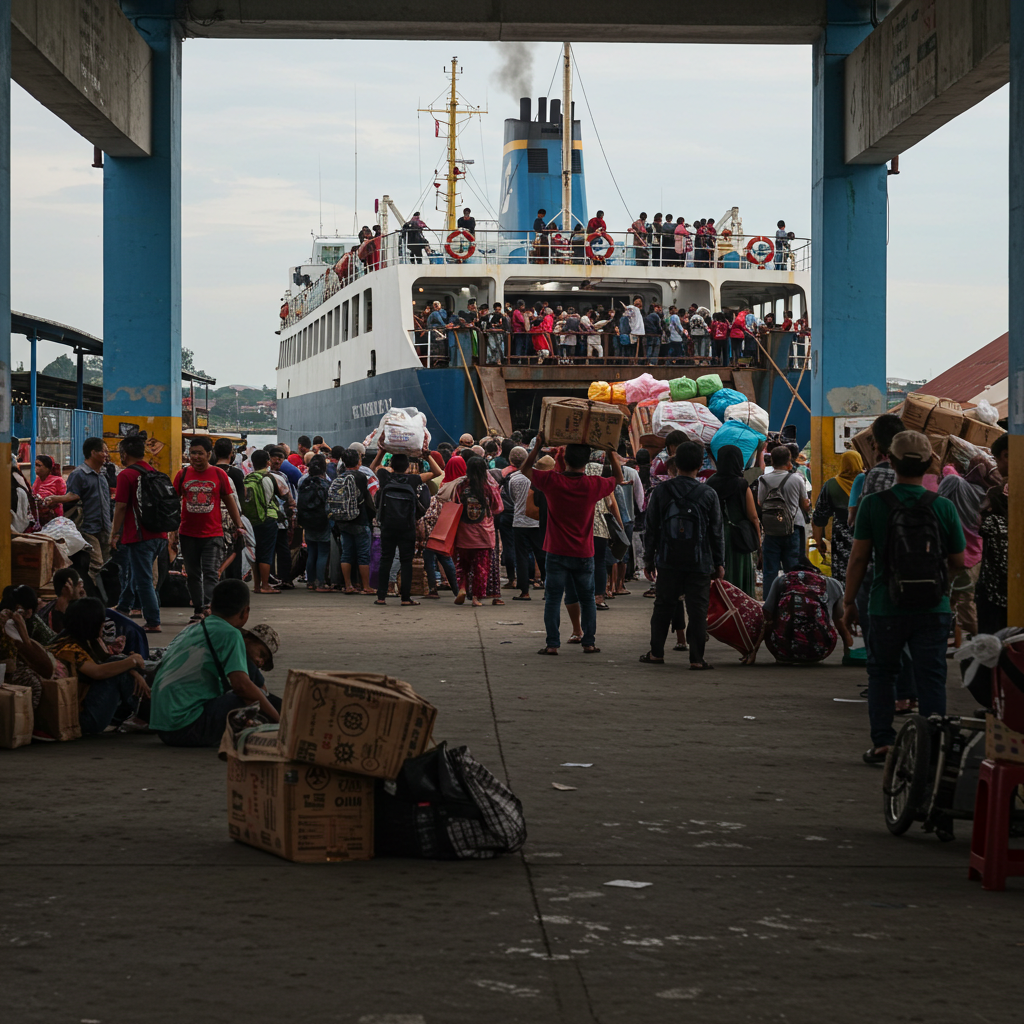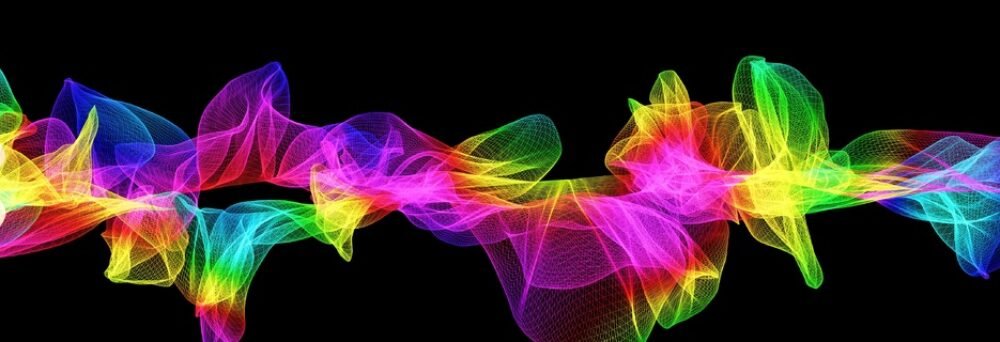Discover how millions travel across Indonesia to celebrate Eid Al-Fitr. Explore the vibrant traditions, destinations, and experiences that make this holiday special.
Millions Travel Across Indonesia For Eid Al-Fitr Celebrations
The annual exodus known as “mudik” in Indonesia sees millions of people traveling across the vast archipelago to celebrate Eid al-Fitr with their families. This tradition is a deeply ingrained part of Indonesian culture, marking the end of the holy month of Ramadan and the beginning of the joyous festivities of Eid. It’s a time for reunions, forgiveness, and the strengthening of familial bonds. The scale of this movement is immense, involving nearly every mode of transportation imaginable, and it presents both significant challenges and heartwarming displays of community spirit.

The Heart of Mudik: Family and Tradition
At its core, mudik is about returning to one’s roots. For many Indonesians, particularly those who have migrated to larger cities for work or education, it’s the one time of year they can reconnect with their extended families and ancestral homes. The word “mudik” itself is believed to be derived from the Javanese phrase “mulih dhisik,” meaning “to go home temporarily.” This temporary return is anything but temporary in its emotional significance. It’s a pilgrimage of the heart, a journey back to the place where one’s identity is most deeply rooted.
The traditions associated with Eid al-Fitr in Indonesia are rich and varied. Families gather for special prayers at mosques and open fields, followed by elaborate feasts featuring traditional dishes like ketupat (rice cakes cooked in woven palm leaves), opor ayam (chicken cooked in coconut milk), and rendang (slow-cooked, spicy beef). Homes are decorated, new clothes are worn, and gifts are exchanged. A crucial element of the celebration is the practice of silaturahmi, which involves visiting relatives and friends to seek forgiveness and strengthen relationships. This act of reconciliation is central to the spirit of Eid.
A Logistical Marvel (and Challenge)
The sheer scale of mudik makes it one of the largest annual human migrations in the world. The Indonesian government estimates that tens of millions of people participate each year. This places an enormous strain on the country’s infrastructure. Roads, trains, airports, and ferries are all pushed to their limits.
- Transportation Modes:
- Roads: The most common mode of transport is by road, with families piling into cars, buses, and even onto motorcycles. This leads to legendary traffic jams, with journeys that normally take a few hours stretching into days.
- Trains: Indonesia’s extensive rail network is another popular option, with tickets often selling out months in advance. The government often adds extra train services to cope with the increased demand.
- Air Travel: For those traveling longer distances, particularly between islands, air travel is essential. Airports become incredibly congested, and flight prices surge during the mudik period.
- Ferries: As an archipelagic nation, Indonesia relies heavily on ferries to connect its many islands. These ferries are often packed to capacity, and safety concerns are a recurring issue.
- Government Initiatives: The Indonesian government undertakes significant efforts to manage the mudik flow. These include:
- Infrastructure Improvements: Ongoing projects to expand and improve road networks, railway lines, and port facilities.
- Traffic Management: Implementing traffic control measures, such as one-way systems and designated rest areas along major routes.
- Safety Campaigns: Launching public awareness campaigns to promote safe travel practices, particularly for those traveling by motorcycle.
- Subsidized Travel: Providing subsidized tickets for certain modes of transport to make travel more affordable for lower-income families.
- Alternative routes suggestions: Providing alternative routes to avoid main congestion.
- Challenges: Despite these efforts, mudik remains a significant logistical challenge.
- Traffic Congestion: The sheer volume of vehicles on the roads leads to massive traffic jams, causing delays and frustration for travelers.
- Accidents: The increased traffic volume and often-exhausted drivers contribute to a higher risk of road accidents.
- Overcrowding: Public transport systems are often overwhelmed, leading to uncomfortable and sometimes unsafe conditions.
- Price Gouging: Some businesses take advantage of the increased demand by raising prices for transportation, accommodation, and food.
- Safety on Ferries: Overcrowding and inadequate safety measures on ferries remain a serious concern.
The Human Side of the Journey
Beyond the logistical complexities, mudik is a deeply human experience. It’s a time of shared hardship and camaraderie. Travelers often help each other out, sharing food, water, and stories along the way. Rest areas become temporary communities, where people from all walks of life come together in a shared spirit of anticipation and excitement.
- Stories of Resilience: The mudik journey is often filled with stories of resilience and determination. Families endure long hours on the road, cramped conditions, and unexpected delays, all for the sake of spending time with loved ones. These stories highlight the importance of family and the sacrifices people are willing to make to maintain those connections.
- Community Support: Along the major mudik routes, local communities often set up temporary stalls offering food, drinks, and even free medical assistance to travelers. This outpouring of support reflects the strong sense of community that is characteristic of Indonesian society.
- Economic Impact: Mudik also has a significant economic impact. The increased spending on transportation, food, accommodation, and gifts provides a boost to local economies, particularly in rural areas. However, it also leads to a temporary slowdown in economic activity in the major cities as people leave for their hometowns.
The Future of Mudik
As Indonesia continues to develop and modernize, the mudik tradition is likely to evolve. The government is investing heavily in infrastructure improvements, which should gradually ease some of the logistical challenges. The rise of digital technology is also playing a role, with online ticketing systems and real-time traffic information becoming increasingly common.
- Technological Solutions:
- Online Ticketing: Online platforms are making it easier to book tickets for trains, buses, and ferries, reducing the need for long queues at ticket counters.
- Traffic Apps: Real-time traffic information apps are helping travelers to avoid congested areas and plan their journeys more effectively.
- Digital Payments: The increasing use of digital payment systems is making transactions more convenient and secure.
- Sustainable Mudik: There is also a growing awareness of the environmental impact of mudik. The massive increase in traffic contributes to air pollution and carbon emissions. Efforts are being made to promote more sustainable travel options, such as carpooling and the use of public transport.
- Shifting Demographics: As Indonesia’s population becomes more urbanized, the dynamics of mudik may also change. The younger generation, in particular, may be less tied to their ancestral homes and more likely to celebrate Eid in the cities where they live and work.
Conclusion: A Tradition Endures
Despite the challenges and changes, the mudik tradition remains a vital part of Indonesian culture. It’s a testament to the enduring importance of family, community, and the connection to one’s roots. While the journey may be arduous, the rewards of celebrating Eid al-Fitr with loved ones make it all worthwhile. It’s a time of reflection, renewal, and the reaffirmation of the bonds that tie Indonesians together. The annual spectacle of mudik is a powerful reminder of the human need for connection and the enduring strength of tradition in a rapidly changing world. The sea of people, the crowded roads, and the overflowing transportation hubs are not just signs of a logistical challenge; they are symbols of a nation’s heart beating in unison, returning home to celebrate one of its most cherished occasions.

